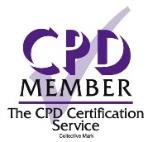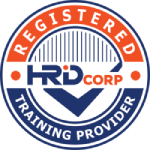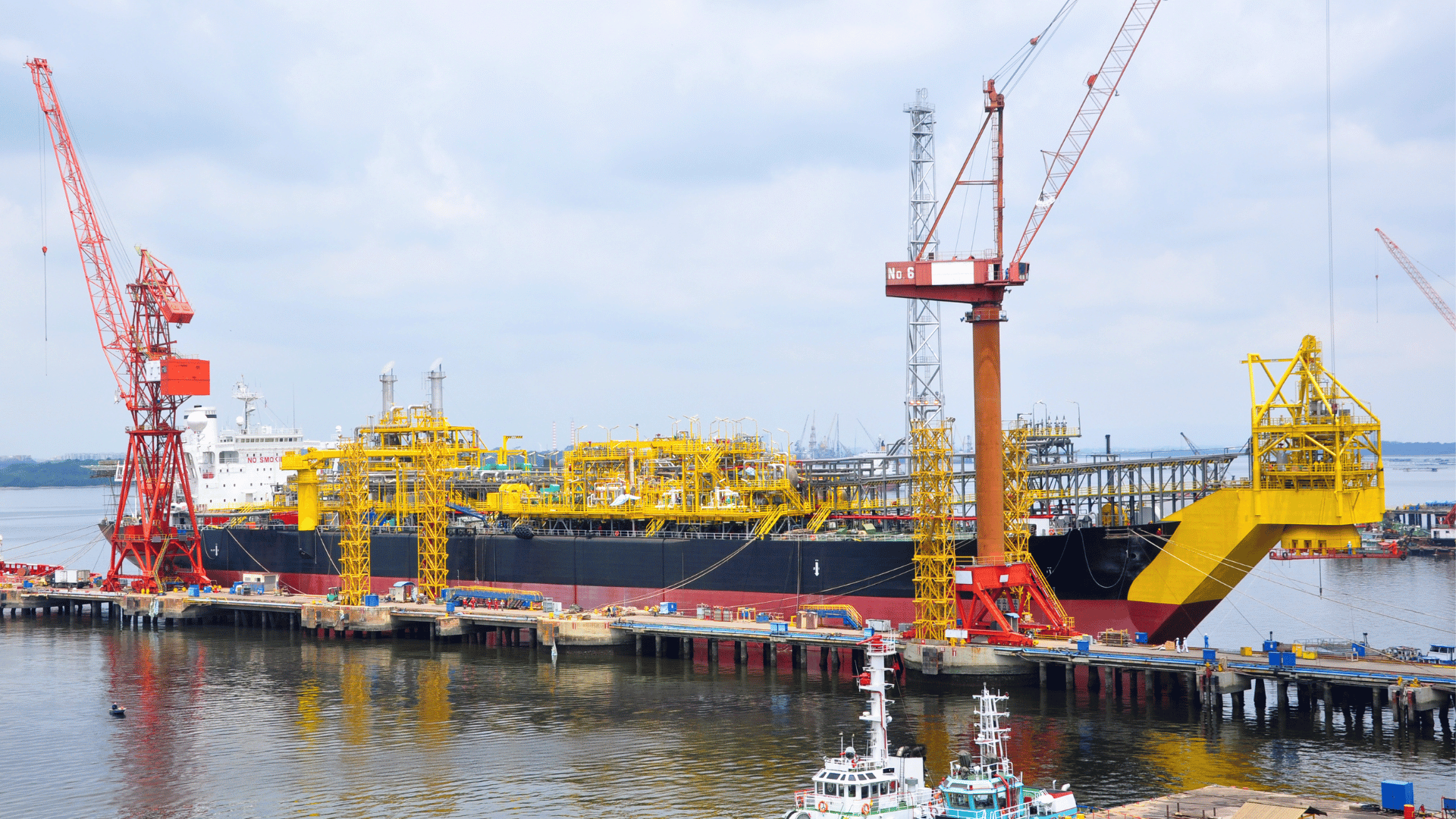| Code | Date | Format | Currency | Team of 10 Per Person* |
Team of 7 Per Person* |
Early Bird Fee Per Person |
Normal Fee Per Person |
|---|---|---|---|---|---|---|---|
| PE2209 | 18 - 22 May 2026 | Kuala Lumpur, Malaysia | SGD | 4,213 | 4,409 | 4,699 | 4,899 |
| PE2209 | 18 - 22 May 2026 | Kuala Lumpur, Malaysia | USD | 3,353 | 3,509 | 3,699 | 3,899 |
| PE2210 | 07 - 11 Dec 2026 | Kuala Lumpur, Malaysia | SGD | 4,213 | 4,409 | 4,699 | 4,899 |
| PE2210 | 07 - 11 Dec 2026 | Kuala Lumpur, Malaysia | USD | 3,353 | 3,509 | 3,699 | 3,899 |
*Fee per person in a team of 7 or 10 participating from the same organisation, registering 6 weeks before the course dateRequest for a quote if you have different team sizes, content customisation, alternative dates or course timing requirements Request for in-person classroom training or online (VILT) training format
Learn in teams and save more! Enjoy group discounts of up to 50% off normal fees for team based learning. Contact us on [email protected] to learn more today!
Code
PE2209Date
18 - 22 May 2026Format
Kuala Lumpur, MalaysiaCurrency
SGDTeam of 10
Per Person*
4,213
Team of 7
Per Person*
4,409
Early Bird Fee
Per Person
4,699
Normal Fee
Per Person
4,899
Code
PE2209Date
18 - 22 May 2026Format
Kuala Lumpur, MalaysiaCurrency
USDTeam of 10
Per Person*
3,353
Team of 7
Per Person*
3,509
Early Bird Fee
Per Person
3,699
Normal Fee
Per Person
3,899
Code
PE2210Date
07 - 11 Dec 2026Format
Kuala Lumpur, MalaysiaCurrency
SGDTeam of 10
Per Person*
4,213
Team of 7
Per Person*
4,409
Early Bird Fee
Per Person
4,699
Normal Fee
Per Person
4,899
Code
PE2210Date
07 - 11 Dec 2026Format
Kuala Lumpur, MalaysiaCurrency
USDTeam of 10
Per Person*
3,353
Team of 7
Per Person*
3,509
Early Bird Fee
Per Person
3,699
Normal Fee
Per Person
3,899
*Fee per person in a team of 7 or 10 participating from the same organisation, registering 6 weeks before the course dateRequest for a quote if you have different team sizes, content customisation, alternative dates or course timing requirements Request for in-person classroom training or online (VILT) training format
About this Training
This comprehensive training program, “Asset Integrity and Life Extension,” provides a deep understanding of how to manage, maintain, and extend the operational life of industrial assets in the oil and gas, energy, and process industries. Participants will learn how to apply internationally recognized standards such as ISO 55000 for asset management and the SMRP framework for reliability and maintenance excellence. The course emphasizes the systematic integration of technical, operational, and risk-based approaches to achieve sustainable asset performance and regulatory compliance.
Through an exploration of asset integrity management systems (AIMS), participants will gain the knowledge and skills needed to identify degradation mechanisms, implement risk-based inspection (RBI) programs, and evaluate asset fitness-for-service (FFS). Case studies drawn from global energy projects will illustrate how leading operators successfully apply AIM principles to enhance reliability, reduce downtime, and mitigate risk across complex asset portfolios.
By the end of this program, attendees will be able to design, assess, and improve asset integrity frameworks within their own organizations. They will leave with a practical toolkit for extending asset life, optimizing inspection and maintenance plans, and embedding integrity assurance within a culture of continuous improvement—essential for sustaining safety, reliability, and profitability in today’s challenging industrial landscape.
Upon completion of this course, participants will be able to:
- Develop and implement asset integrity management systems aligned with ISO 55000 and SMRP standards to ensure long-term reliability and compliance.
- Apply risk-based inspection (RBI) and fitness-for-service (FFS) methodologies to evaluate asset health and support data-driven maintenance decisions.
- Assess degradation mechanisms such as corrosion, fatigue, and creep, and apply preventive strategies to mitigate failure and extend equipment life.
- Utilize lifecycle cost and risk analysis tools to balance operational performance, safety, and capital planning in integrity management programs.
- Translate global best practices and case studies into actionable strategies for continuous improvement, life extension, and reliability enhancement.
This course is ideal for professionals involved in the design, operation, maintenance, and risk management of physical assets in oil and gas, petrochemical, power, and industrial sectors. It is especially beneficial for those seeking to strengthen their technical and strategic competencies in asset integrity management and life extension planning.
- Asset Integrity Managers / Engineers
- Maintenance and Reliability Engineers
- Inspection and Corrosion Engineers
- Operations and Production Managers
- Safety, Risk, and HSE Specialists
- Facility, Plant, and Technical Managers
- Basic
- Intermediate
The course employs a blend of interactive lectures, expert-led discussions, hands-on exercises, and real-world case studies. Participants will work through practical examples of integrity assessments, risk analysis, and maintenance planning scenarios. The learning approach emphasizes collaborative problem-solving and application of global best practices, ensuring that attendees gain both conceptual understanding and practical tools applicable to their work environments.
Your expert course leader is a seasoned mechanical engineer and risk management specialist with over 28 years of international experience in asset integrity, RBI, fitness-for-service (FFS), and life ass, he has led major asset integrity projects for Qatar Petroleum, KNPC, SINOPEC, Eskom, and TÜV Rheinland, among others. As an API 580/571-certified expert and Certified Maintenance & Reliability Professional (CMRP), he has trained and consulted worldwide on topics such as damage mechanisms, corrosion management, and risk-based inspection. His unique blend of academic rigor and field expertise makes him an exceptional instructor for this program.
Unlock the potential of your workforce with customized in-house training programs designed specifically for the energy sector. Our tailored, in-house courses not only enhance employee skills and engagement but also offer significant cost savings by eliminating travel expenses. Invest in your team’s success and achieve specific outcomes aligned with your organization’s goals through our expert training solutions. Request for further information regarding our on-site or in-house training opportunities.
In our ongoing commitment to sustainability and environmental responsibility, we will no longer providing hard copy training materials. Instead, all training content and resources will be delivered in digital format. Inspired by the oil and energy industry’s best practices, we are leveraging on digital technologies to reduce waste, lower our carbon emissions, ensuring our training content is always up-to-date and accessible. Click here to learn more.
To further optimise your learning experience from our courses, we also offer individualized “One to One” coaching support for 2 hours post training. We can help improve your competence in your chosen area of interest, based on your learning needs and available hours. This is a great opportunity to improve your capability and confidence in a particular area of expertise. It will be delivered over a secure video conference call by one of our senior trainers. They will work with you to create a tailor-made coaching program that will help you achieve your goals faster.
Request for further information post training support and fees applicable
1. What is asset integrity management in the oil and gas industry?
Asset integrity management (AIM) is the systematic process of ensuring that industrial assets—such as pressure vessels, pipelines, structures, and rotating equipment—are designed, operated, maintained, and decommissioned in a manner that prevents failure and minimizes risk. AIM integrates engineering, inspection, risk assessment, maintenance, and regulatory compliance. Its goal is to maintain asset functionality throughout its lifecycle while ensuring safety, reliability, and cost efficiency.
2. How does risk-based inspection (RBI) improve asset integrity?
Risk-based inspection (RBI) prioritizes inspection activities based on the probability and consequence of failure. By evaluating damage mechanisms, process conditions, and equipment criticality, RBI helps organizations allocate inspection resources more efficiently. This approach reduces unnecessary inspections, improves detection of high-risk degradation, supports regulatory compliance, and extends equipment life through targeted preventive actions. RBI is commonly implemented using API 580/581 methodologies.
3. What are the key factors that influence asset life extension?
Asset life extension depends on several factors: material degradation rates, operating conditions, historical inspection data, fitness-for-service (FFS) results, structural integrity assessments, and changes in regulatory requirements. Decisions also consider economic feasibility, safety risks, and the availability of upgraded technologies. Life extension typically involves implementing remedial actions, enhanced monitoring, and new maintenance strategies to safely operate equipment beyond its original design life.
4. What is fitness-for-service (FFS), and when is it used?
Fitness-for-service (FFS) is an engineering assessment method used to determine whether an asset with identified flaws or degradation can safely continue operating. Using standardized procedures such as API 579/ASME FFS-1, FFS evaluations analyze corrosion, cracking, deformation, and other damage mechanisms. FFS is applied when inspections reveal defects, when equipment exceeds design life, or when operating conditions change. The outcome supports decisions on repair, replacement, or continued operation.
5. How do damage mechanisms affect asset reliability?
Damage mechanisms—such as corrosion, erosion, fatigue, creep, and hydrogen embrittlement—gradually degrade equipment materials and reduce structural integrity. Understanding these mechanisms allows engineers to predict failure modes, determine inspection methods, and plan risk mitigation strategies. Accurate identification of damage mechanisms is critical for effective RBI, FFS assessments, and long-term maintenance planning. Failure to manage these mechanisms increases safety risks and operational downtime.
6. What are the main challenges in managing asset integrity?
Common challenges include aging infrastructure, insufficient inspection data, complex damage mechanisms, and limited budget for maintenance. Additional difficulties arise from fluctuating operating conditions, regulatory changes, and integrating new digital technologies. Many organizations struggle with inconsistent data management or lack of cross-disciplinary expertise. Effective asset integrity programs require coordinated engineering, operations, and safety efforts supported by reliable data and continuous improvement processes.
7. How does digitalization support asset integrity and life extension?
Digital tools—such as real-time monitoring, IIoT sensors, predictive analytics, and digital twins—enhance visibility into asset condition and performance. These technologies enable early detection of anomalies, more accurate remaining life predictions, and improved maintenance planning. Data-driven decision-making reduces unplanned downtime, optimizes inspection timing, and strengthens risk assessment. Digitalization is also accelerating the shift from time-based maintenance to predictive and reliability-centered approaches.
8. What standards and frameworks are commonly used in asset integrity programs?
Key international standards include API 580/581 for risk-based inspection, API 579 for fitness-for-service, ISO 55000 for asset management, ASME PCC-3 for damage mechanisms, and ISO 14224 for reliability data collection. Offshore operators often use DNV-RP and NORSOK guidelines for structural and marine integrity. These frameworks provide consistent methodologies for design, inspection, maintenance, and decision-making across asset lifecycle stages.
9. How do onshore and offshore asset integrity requirements differ?
Offshore assets face harsher environmental conditions, such as wave loading, marine corrosion, cyclic fatigue, and limited access for inspections. Offshore regulations are typically stricter, requiring robust structural assessment and continuous monitoring. Onshore assets encounter challenges related to high temperatures, pressure, corrosion, and process-related degradation. While core AIM principles are similar, offshore programs often demand more frequent inspections, advanced materials, and specialized repair techniques.
10. What trends are shaping the future of asset integrity and life extension?
Key trends include increased adoption of digital twins, AI-based predictive maintenance, robotic inspection methods, and advanced materials for corrosion and fatigue resistance. Regulatory environments are evolving to emphasize risk-based approaches and sustainability. As infrastructure ages globally, life extension strategies are becoming essential to reduce capital expenditure. Integration of data analytics, automation, and reliability engineering will continue to transform how organizations manage asset health.
Learn what past participants have said about EnergyEdge training courses
It was a fantastic training. The knowledge and the experience of the trainer is amazing.
Pressure Equipment Specialist, Poland
The course organization and communication after registration was great. The course was delivered according to the schedule, the course material was great and the instructor was completely knowledgeable on the subject.





